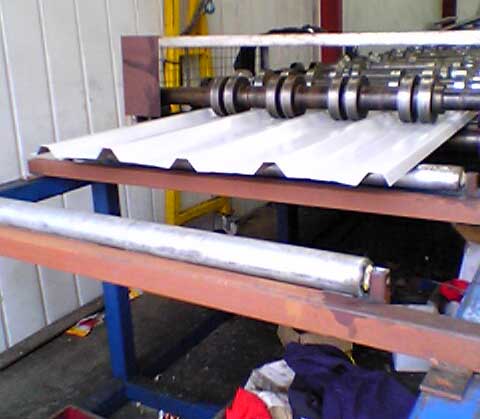Latest News
Why Is Corrugated Metal Stronger Than Flat Sheet?
One of the most effective lightweight and robust roofing solutions takes the form of corrugated roofing sheets, which are sheets of galvanised metal that are designed to take all that the elements have to offer.
However, one question that remains to many people considering what the UK military once described as “wriggly tin” is about the corrugation itself. How do the wavy folds help to make corrugated iron so much stronger than flat steel?
The short answer is that the corrugations help to make the roofing material stiffer using the same amount of material, improving the strength in the same way I-beams do.
Flat metal sheets can be prone to bending and warping under pressure, and the corrugated folds add extra points of rigidity, stopping the roof from bending and sagging under tensile and compressive forces respectively.
This is the reason why shipping containers use corrugated iron as a major part of their construction and are therefore capable of having considerable loads placed on them. This is why container ships have as many as eight shipping containers stacked on top of each other.
The corrugation, aided by a sturdy container framework keeps the container rigid and structurally sound relative to its weight, and the same principle applies to corrugated iron.
Effectively, much like with I-beams, corrugation moves the metal away from the centre of mass, where it provides little structural benefit, into positions where it can help sustain the shape of the entire roofing sheet.
It also avoids the issue larger flat metal sheets have where the mass in the centre sinks inwards unless kept upright through an external support.
Corrugated iron does not have this issue and avoids the same issues of sagging or having weak segments up to a certain level of tolerance. It also is much better at withstanding the natural effects of compression and expansion than a relatively similar flat surface.
Liversedge
01924 401020
Hull
01482 640118





